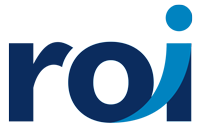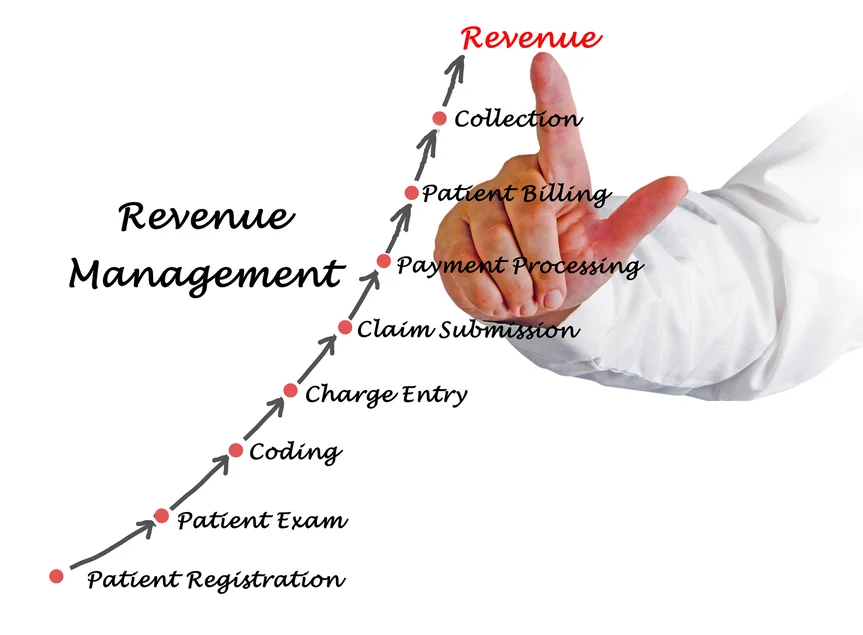An Interview with Sonya Schulte, MBA, PMP
Meet Sonya Schulte, a seasoned implementation manager and Infor CloudSuite HCM (Lawson S3) expert. With over 23 years of experience in healthcare IT, Sonya provides superior project management skills and a strong focus on customer service.
An Interview with Sonya Schulte, MBA, PMP Read More »






